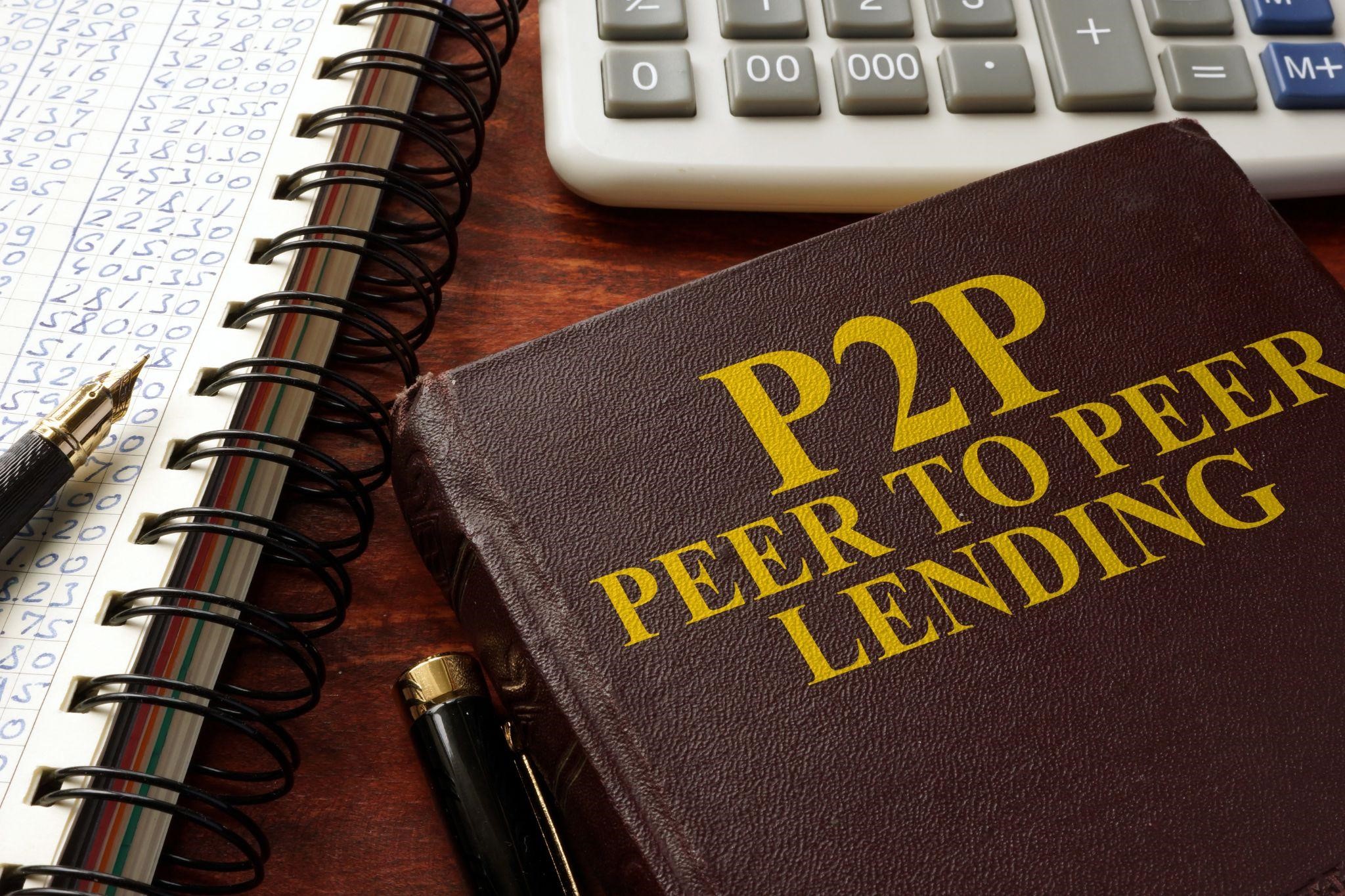Peer to peer lending is a way in which individuals lend money to other individuals or businesses. Investors can earn high returns compared to other traditional forms of investment, while borrowers can access funds in a fast and convenient way. It is a relatively new form of investment but has become popular all around the world in a short amount of time. Although it offers a number of benefits to investors and borrowers, it also has some risks that you must consider. If you are thinking of investing or borrowing money through peer to peer lending, you must understand and know all the necessary information about it.
In this article, we are providing all the things you need to know about peer to peer lending.
What Is P2p Lending?
Peer to peer lending does not involve any bank or financial institution; instead, it takes place through online websites known as peer to peer lending platforms. These platforms act as a marketplace and bring together borrowers with the people who want to lend money. It helps borrowers to get funds without going to banks and passing through strict credit checks and lengthy paperwork. P2p platforms categorise borrowers into risk levels, and investors can choose the borrowers they want to lend money to. Some platforms also offer auto investment options in which investors money is spread across multiple borrowers automatically.
The interest rate of p2p loans is favourable for investors and borrowers. Investors can earn a higher profit than the traditional saving accounts. While borrowers can get loans at a lower-interest rate than the standard bank loans. Be mindful that the higher the interest rate someone will pay; the more are the chances of default.
How To Get Started With P2p Lending?
There are many p2p platforms in the UK, and if you want to lend money through p2p platforms, you should compare different platforms to choose the right one. Following are three main steps that you have to follow:
- Open an account on a selected p2p platform and deposit funds either directly or through a debit card.
- Set your lending criteria and the interest rate you want to receive.
- Choose borrowers and lend money for a specific amount of time. You may also have to pay a fee to lend money that is usually 1% of the loan amount.
Advantages Of P2p Lending
Peer to peer lending offers several advantages to both the investors and borrowers. Here are some benefits for investors:
- P2p platforms generally offer high returns compared to other forms of investments.
- It allows investors to diversify their platform by spreading their investment across multiple loans.
- P2p platforms also allow investors to choose borrowers they want to lend money to.
- Investors can also earn tax-free returns by investing an annual allowance in p2p loans.
Now let’s look at the advantages that p2p platforms offer to the borrowers:
- All the p2p platforms operate online so borrowers can make an online application which makes it convenient for them to borrow money.
- The interest rates on p2p loans are lower than traditional bank loans.
- Borrowers can get quick access to funds to fulfil their financial needs.
- P2p platforms also offer loans to borrowers who have bad credit scores.
Understanding The Risks Of P2p Lending
P2p lending also has some risks that you should understand and take measures to reduce these risks.
Risk of Default
If the individuals or business to whom you lend money does not repay the loan amount, it is known as default. In case of default, you can lose all your money because there is no protection by the Financial Services Compensation Scheme (FSCS). The more the default rate on a p2p platform, the higher the number of borrowers who are unable to repay on time. Some p2p platforms also offer contingency funds that cover investors in case of defaults. The provision of these funds varies from platform to platform. If you are thinking of becoming a p2p lender, it is important to know what is covered.
Risk of Platform Going Bust
You can also lose money if the platform goes out of business. But now, all the p2p platforms are regulated by the Financial Conduct Authority (FCA), and they have to keep investors’ money in ring-fenced accounts that are separate from their own accounts.
Early Or Late Repayment
Early or late repayment is also a risk for investors. They can not earn the expected profit in case of early or late repayment. If your loan amount is repaid early, you can lend it again, but you may not be able to get the same interest rate.
In peer to peer lending, there is no significant risk for borrowers. But they should read and understand terms and conditions before taking out loans to avoid any inconvenience later.
Tax And P2p Lending
The profit you earn through peer to peer lending is termed income, and you have to pay tax on it. However, if you make an innovative finance individual saving account (IFISA), you can earn tax-free interest to a certain amount. Basic rate taxpayers can earn up to £1,000 tax-free interest, and high rate taxpayers can earn up to £500 tax-free interest.
We hope that this article helps you in understanding peer to peer lending, and you can make a better decision to lend or borrow money through p2p platforms. Whether you want to lend or borrow the money, you should shop around and make comparisons to find the best platform for you.
Innovative finance ISA term used to describe the use of new techniques, including crowdfunding and peer-to-peer lending, by small businesses. The Financial Conduct Authority (FCA) is looking into how entrepreneurs can better access finance after it emerged that 159 companies had received formal advice from HMRC on using personal service companies over the last three years.
